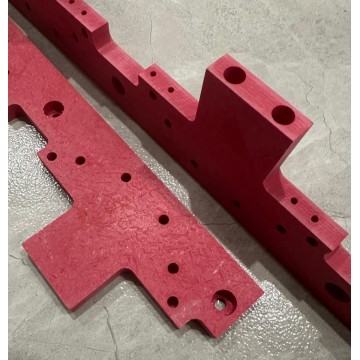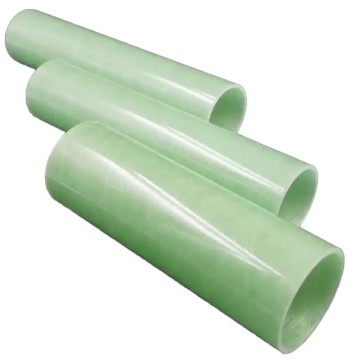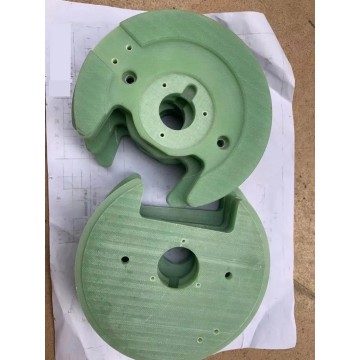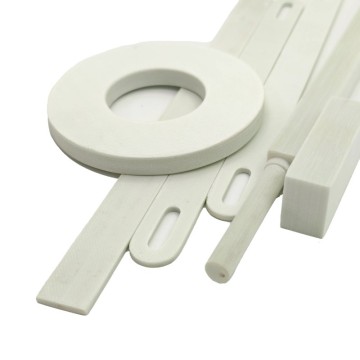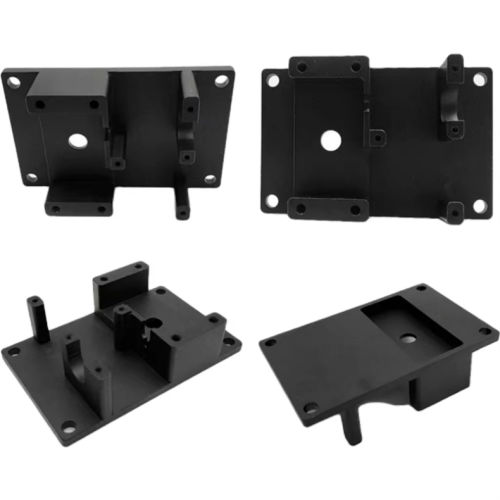
POM CNC production processing parts
- Min. Order:
- 1 Piece/Pieces
- Min. Order:
- 1 Piece/Pieces
- Transportation:
- Ocean, Land, Air, Express
- Port:
- Shenzhen, Guangzhou, Hongkong
Quantity:
Your message must be between 20 to 2000 characters
Contact NowBasic Info
Basic Info
| Supply Ability: | 1000 |
|---|---|
| Payment Type: | T/T,Paypal |
| Incoterm: | FOB,CFR,CIF,EXW,DDP,DDU |
| Transportation: | Ocean,Land,Air,Express |
| Port: | Shenzhen,Guangzhou,Hongkong |
Product Description
Product Description
POM engineering plastics (polyoxymethylene) is a highly crystalline thermoplastic polymer, one of the synthetic resins, also known as polyoxymethylene resins, POM plastics, race steel material, etc.; it is a white or black plastic particles, with high hardness, high steel, high wear-resistant properties. Has excellent physical, mechanical and chemical properties, especially its friction resistance is particularly outstanding.POM is divided into two types of homo- and co-polyformaldehyde, of which homo-formaldehyde has a high density, crystallinity, melting point, but poor thermal stability, processing temperature range is narrower; and co-polyformaldehyde density, crystallinity, melting point is lower, but good thermal stability, not easy to decompose, processing temperature range is wider.
POM material has high mechanical strength and rigidity, good environmental resistance, resistance to organic solvents, good electrical properties and recovery, as well as self-lubricating and wear-resistant good dimensional stability. It is known as “race steel”, is the third largest general engineering plastics, mainly used in the manufacture of wear parts, transmission parts and chemical, instrumentation and other parts.
POM (paraformaldehyde) engineering plastics have a wide range of applications in many industries due to its unique performance characteristics. The following are some of the main application areas and uses:
Automotive industry: POM is commonly used in the manufacture of automotive parts, such as gears, bearings, fasteners, valves, pump housings, instrument panel parts, door and window lift system components, etc., because of its good wear resistance and mechanical properties. It can replace some of the non-ferrous metals, both to reduce the weight and improve the life of the parts.
Electronic appliances: In electronic equipment, POM is used to make switches, housings, handles, coil frames, etc., thanks to its good electrical properties and wear resistance.
Mechanical equipment: POM is used to make a variety of high-strength, wear-resistant mechanical parts, such as gears, sliding guides, bearings, cams, ratchets, rollers, support rings, and so on, for occasions that need to withstand long-term loads and friction.
Consumer products: such as parts of household appliances (e.g. washing machines, vacuum cleaners), internal structural parts of office equipment (e.g. photocopiers, printers), as well as sports equipment, toys, locks, knife handles, etc., due to its good feel and durability.
Construction materials: For example, valves and connections in plumbing systems, as well as door and window hardware, POM's water and chemical resistance makes it an ideal choice.
Medical Devices: POM is also used in the handles and housings of some medical equipment and tools because it is easy to sterilize and is chemically stable.
Precision instruments: such as instrument panels, optical instrument components, POM's dimensional stability to ensure high precision requirements.
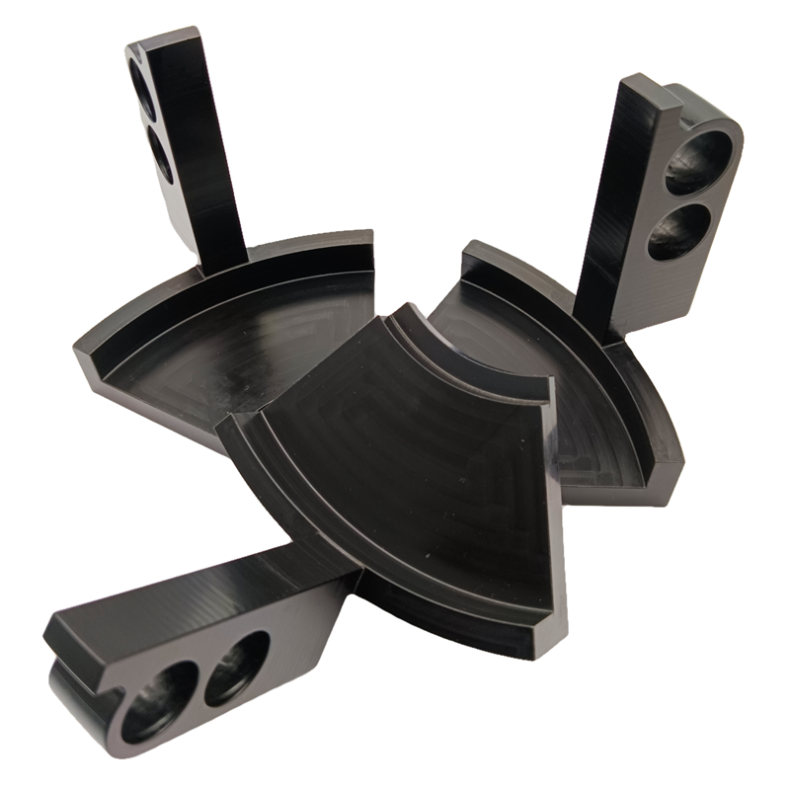
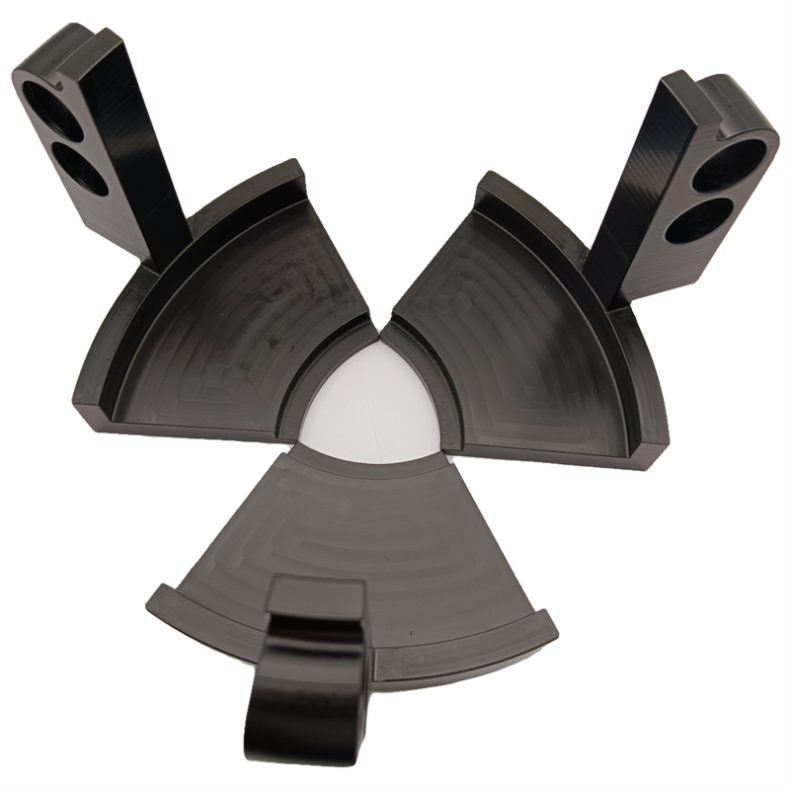
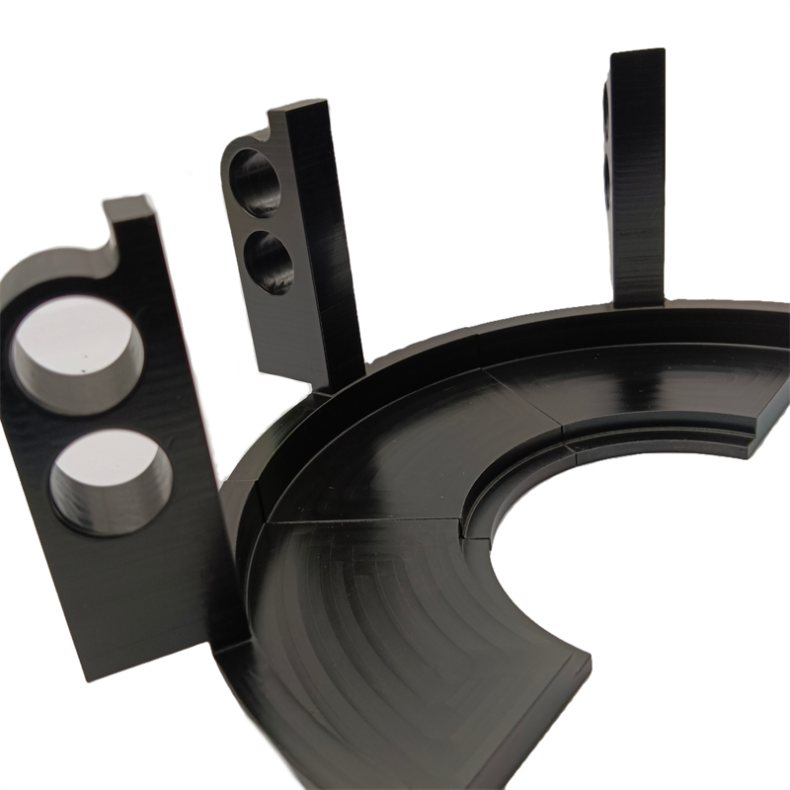
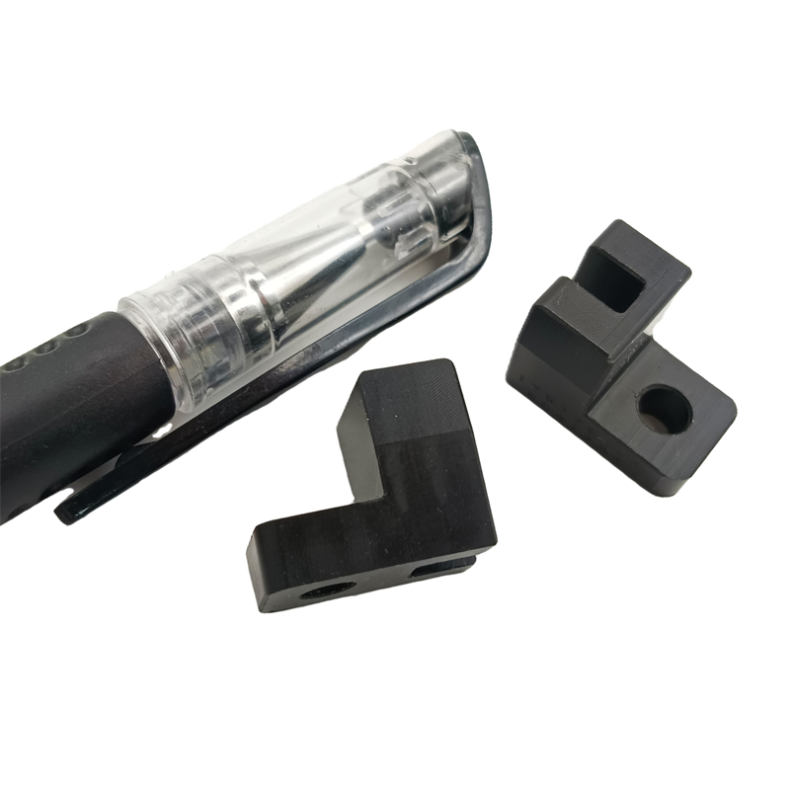
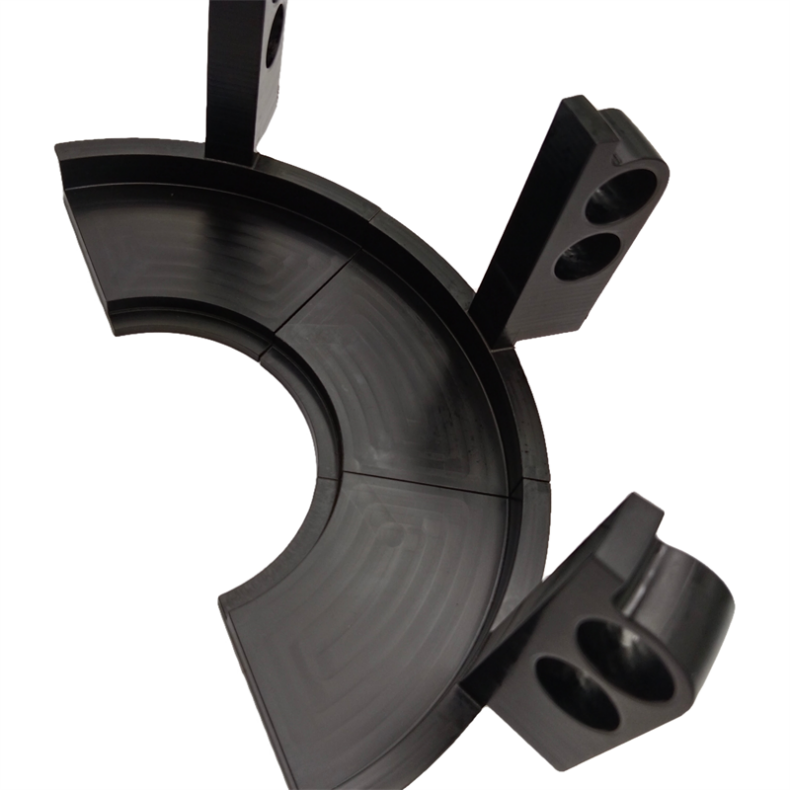
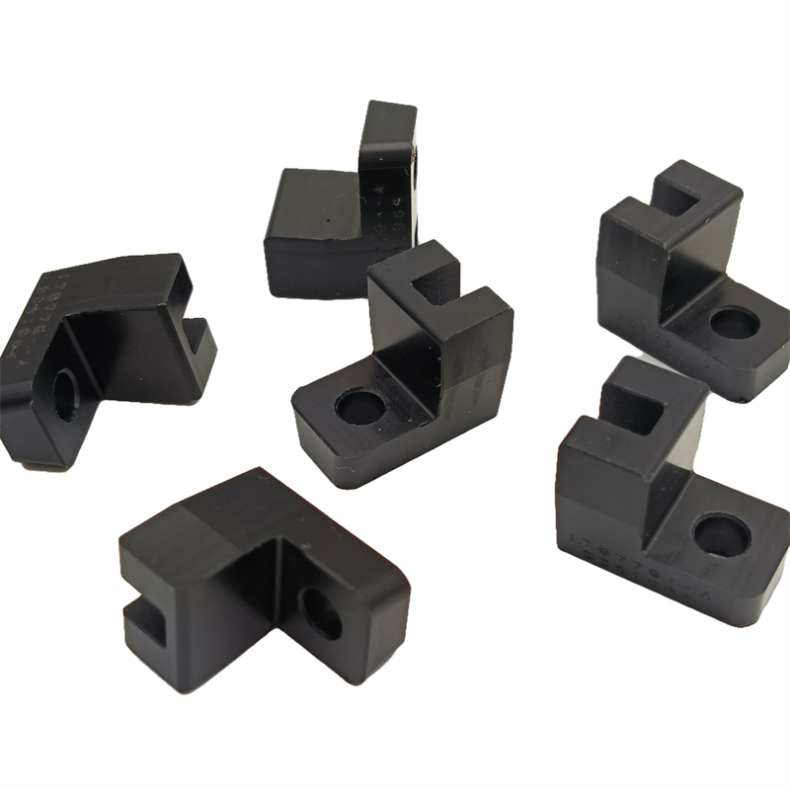
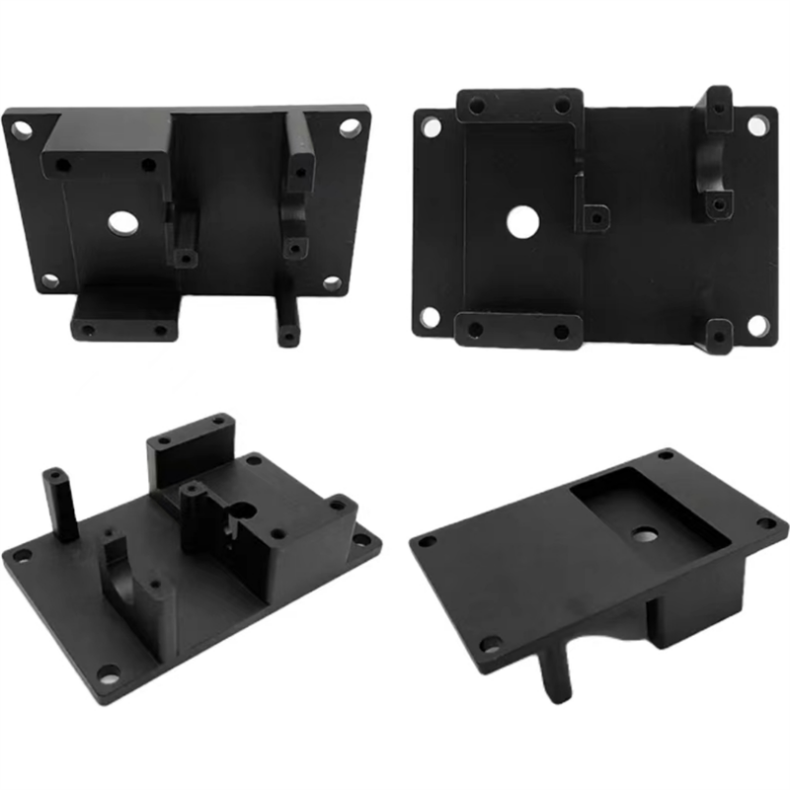
POM engineering plastics, with their high strength, high rigidity, low coefficient of friction, good chemical resistance and electrical properties, have become the material of choice for the manufacture of high-performance engineering components, especially in scenarios where abrasion, fatigue and dimensional stability are required.Precision machining of POM (polyoxymethylene formaldehyde) materials involves a series of process steps including, but not limited to, cutting, grinding, drilling, tapping, milling, and CNC (Computer Numerical Control) machining.
The following are some of the key points for precision machining of POM materials:
1. Material Preparation: Drying Treatment: Although POM has low water absorption, it is still necessary to check whether drying treatment is required before machining, in order to avoid moisture causing material expansion or contraction during machining, which may affect dimensional accuracy. Usually, if the material has been stored in a humid environment for too long, it is recommended to dry it at 80°C for about 2 hours.
2. CNC machining:Cutting parameters: The cutting process of POM usually requires the selection of appropriate cutting speed, feed rate and back draft. High-speed steel or carbide tools are common choices, cutting speeds of about 100-250m/min, feed rate depends on the size of the tool and machining accuracy requirements. Coolant Lubrication: Machining may require the use of coolant to minimize tool wear and improve machined surface quality. For POM, water-soluble emulsified oil is usually the appropriate coolant.
3. Finishing: Surface finish: In order to obtain high accuracy and good surface finish, secondary processing, such as grinding, polishing, etc., may be required. Dimensional tolerances: precision machining, dimensional tolerance control is critical, the processing of POM requires special attention to the impact of temperature changes on the size of the material.
4. Post-processing Cleaning:The processed parts need to be cleaned to remove chips, cutting oils and other impurities to prevent corrosion or affect the subsequent assembly.
5. Precautions:Thermal stability: POM is easy to decompose at high temperatures, so the processing temperature should be controlled within a reasonable range to avoid material degradation. Safety measures:Dust generated during processing may be flammable, and appropriate safety measures are required.
Related Keywords
Related Keywords








